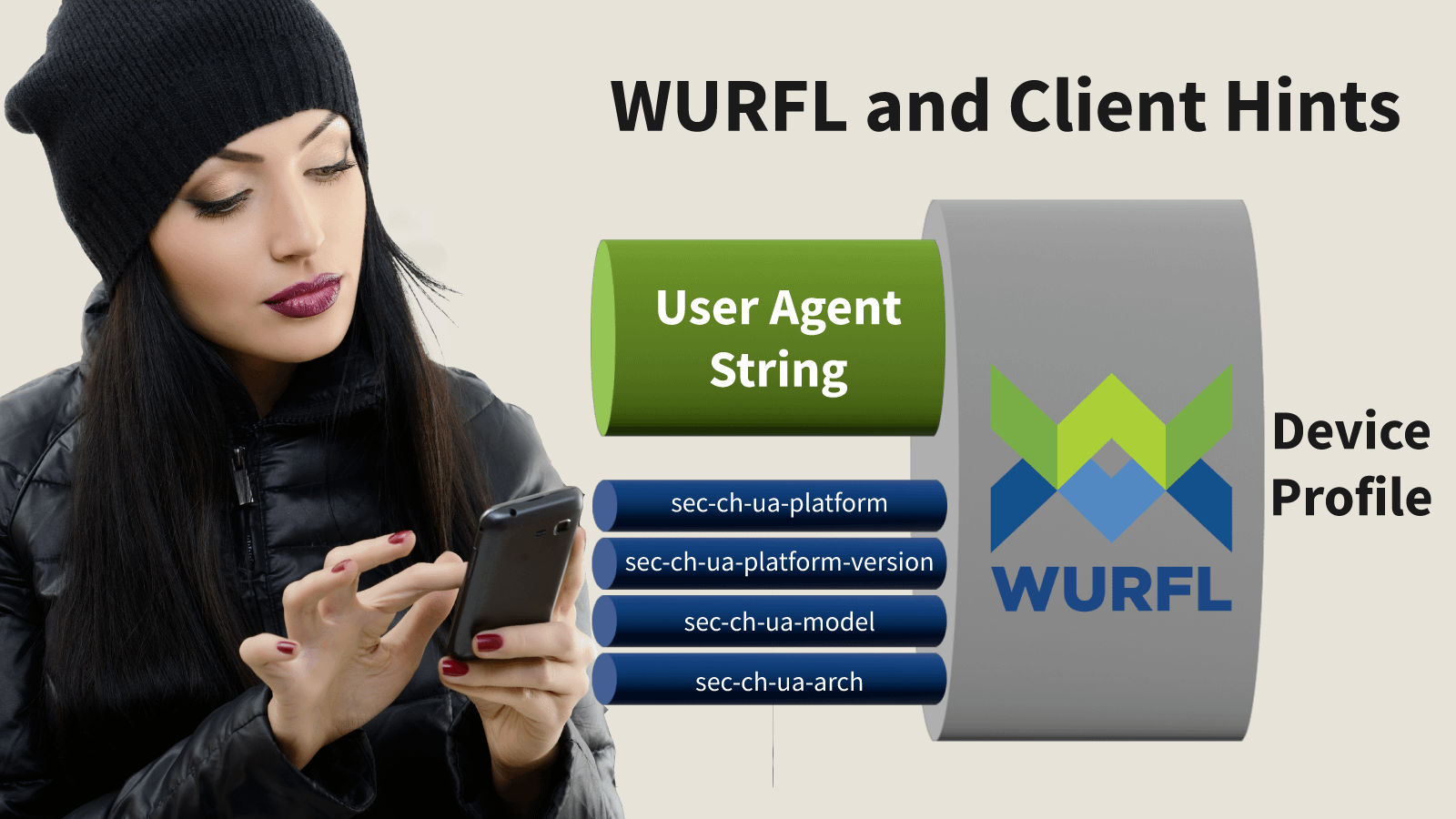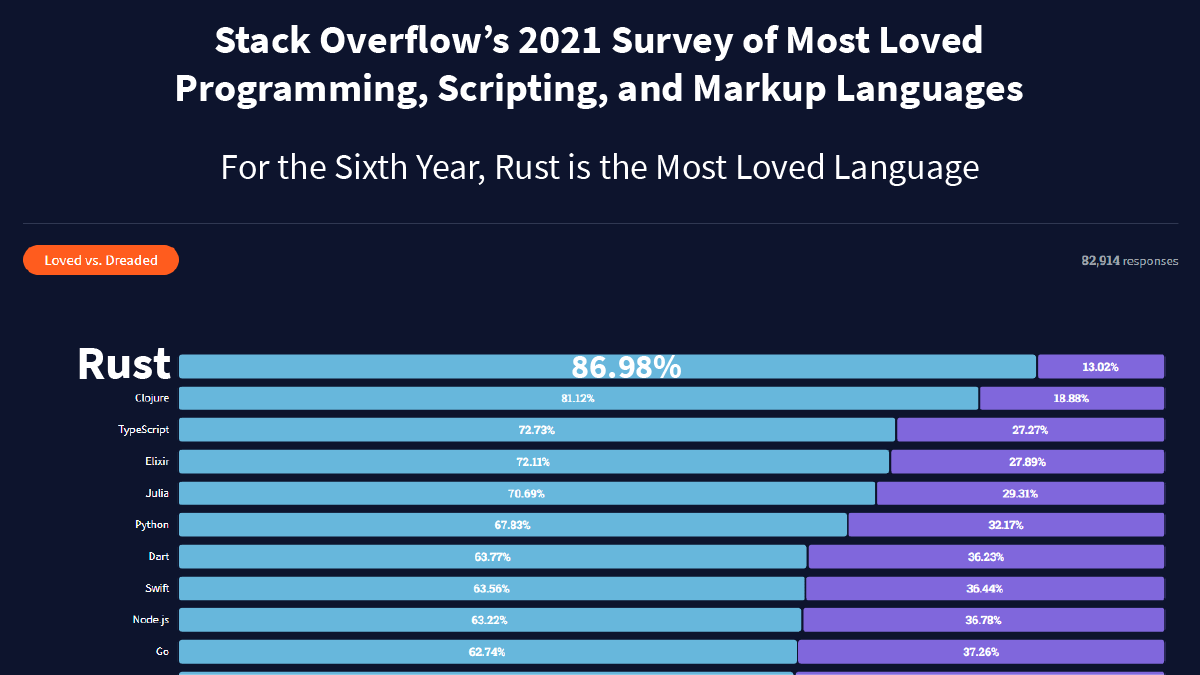Blog
Recent Posts
Is Your User-Agent Parser for Device Detection Not Working?
Sep 8th, 2022
If you use an open-source or home-grown user-agent parser (UA Parser) to identify devices, OS, browsers, or other device information, then
we have bad news. Your accuracy is poor, and freezing user-agent strings will make it worse. Time to switch to WURFL.js.

How Much RAM is in Smartphones?
Aug 24th, 2022
4GB is the most common amount of RAM in smartphones in 2022 Q2. The Mobile Overview Report (MOVR) provides information on most common RAM configuration of smartphones and prices. WURFL device detection can help developers analyze their own user base.
Read More
iOS 16 Not Compatible with 11% of iPhones in Use
Aug 17th, 2022
Apple’s iOS 16 is currently in beta. This next operating system upgrade for iPhones is scheduled for 2022 Q3. However, not all iPhones will be able to upgrade. Based on the latest data in ScientiaMobile’s Mobile Overview Report, 11% (based on usage) of iPhones will not be compatible with the upgrade.
Read More
Improve Streaming Video Quality with Device Detection Analytics
Jun 3rd, 2022
Device detection provides a critical solution for streaming video platforms and their Quality of Service (QOS) analytics. WURFL device detection enriches QOS analytics with critical device capabilities that help pinpoint problems with streaming video.
Read More
Update: How to Populate IAB’s OpenRTB Device Object
May 26th, 2022
Learn how to use WURFL device detection to populate or pull information from the device object found in IAB’s OpenRTB specification supporting real time bidding for advertising.
Read More
WURFL is Ready for User-Agent Client Hints, Google
Feb 21st, 2022
The upcoming Q1 2022 release of WURFL API will automatically accept User-Agent Client-Hints, reconcile them with the User-Agent (UA) string, and continue to identify the same accurate device profile and capabilities that customers expect from WURFL.
Read More
Introducing User-Agent Client-Hints support in WURFL (and a Rant)
Jan 24th, 2022
WURFL introduces User-Agent Client-Hints Support.
Read More
Getting Started with Rust and WURFL
Sep 20th, 2021
Rust has been on Stack Overflow most loved languages list for the last four years. Wow. What makes the Rust programming language so popular?
Read More
Bluetooth Trends and Medical Device Software
Apr 29th, 2021
Updated analysis of the U.S. smartphone market confirms that medical device manufacturers can take advantage of Bluetooth 5.x for their connected devices in 2023. Bluetooth 5 marks a major step forward for medical device software developers looking for security and stability.
Read More
WURFL and Machine Learning
Mar 1st, 2021
Explore how to use WURFL device detection to discover new correlations in data, and ultimately leverage Machine Learning (ML) techniques to create regression models and classifiers. This allows organizations to make predictions about user behavior based on WURFL device detection data.
Read More














